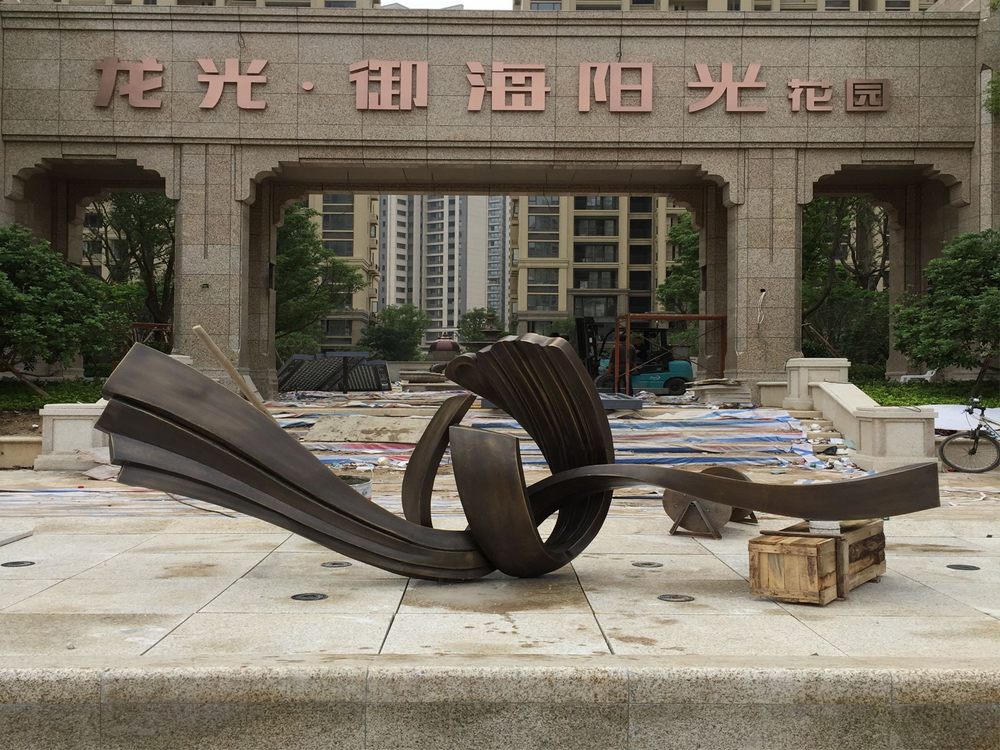
Creating a sense of balance in top-heavy stone sculptures is a remarkable feat that combines artistry, physics, and meticulous craftsmanship. Artists employ several techniques to ensure these seemingly precarious structures remain stable and visually harmonious.
1. Strategic Weight Distribution: Sculptors carefully calculate the center of gravity, often widening the base or adding subtle counterweights to offset the top-heavy design. This creates an illusion of lightness while maintaining structural integrity.
2. Material Selection: Dense, durable stones like granite or marble are preferred for their ability to support uneven weight distributions. The stone's natural grain and internal structure are also considered to enhance stability.
3. Dynamic Posing: Many top-heavy sculptures feature dynamic poses—leaning figures, outstretched limbs, or flowing drapery—that redirect visual weight and create a sense of movement, distracting from the imbalance.
4. Hidden Supports: Some artists incorporate discreet internal armatures or external supports disguised as part of the design, such as flowing robes or environmental elements like trees or rocks.
5. Optical Illusions: Clever carving techniques, like tapering forms or strategic hollowing, reduce actual weight while maintaining the sculpture's visual mass.
These methods demonstrate how artists transform the challenge of top-heavy designs into opportunities for innovation, resulting in breathtaking works that defy expectations while standing the test of time.

